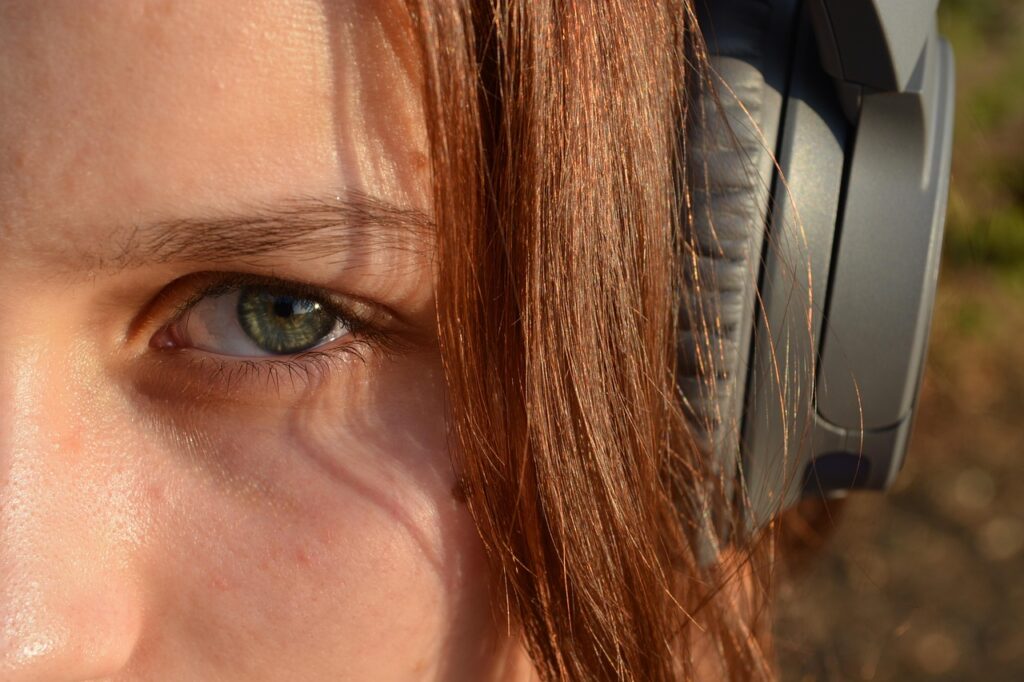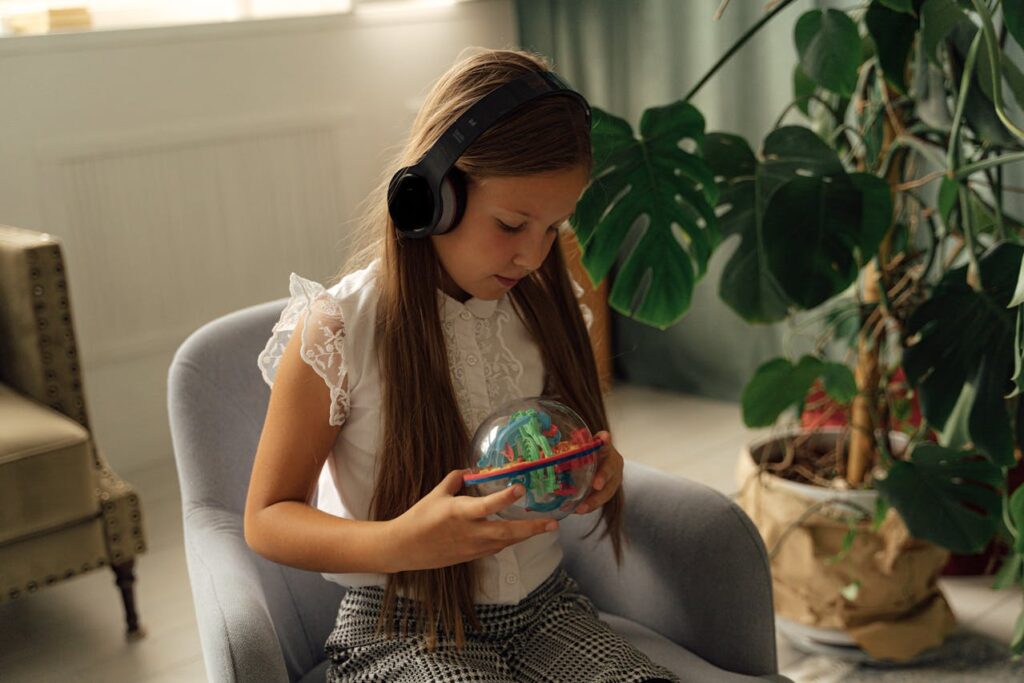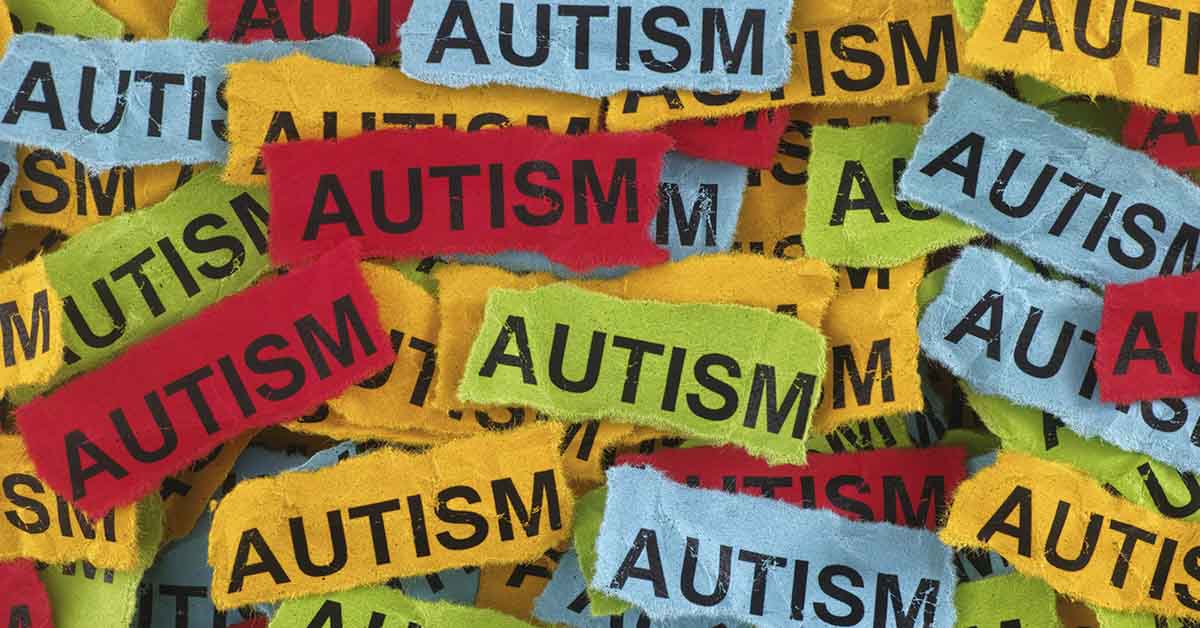The diagnosis of autism can be confusing. People tend to have a specific idea of what autism looks like from shows like The Good Doctor’s Dr. Shaun Murphy or The Big Bang Theory’s Sheldon Cooper. But autism spectrum disorder (ASD) is just that. A spectrum. As Stephen Shore, an autistic professor at Adelphi University, famously said: “If you’ve met one person with autism, you’ve met one person with autism.” However, researchers have spent decades trying to better understand ASD. Now, a study has succeeded in identifying four distinct subtypes and their associated genetic traits after analyzing over 5,000 young autistic participants.
A Groundbreaking Study for Autism Spectrum Disorder

Researchers from Princeton University and the Simons Foundation used data from 5,392 children in SPARK, a landmark autism cohort study, to categorize the participants depending on shared traits and patterns. Their strategy evaluated over 230 traits per child that included developmental progress, social behavior, repetitive actions, and more. As a result, the study authors identified four subtypes with their own distinct developmental trajectories, medical behavior, psychiatric traits, and genetic profiles.
Four New Types of Autism

The authors created this study to improve the process of diagnosing autism and providing customized guidance. “Understanding the genetics of autism is essential for revealing the biological mechanisms that contribute to the condition, enabling earlier and more accurate diagnosis, and guiding personalized care,” said senior study author Olga Troyanskaya, director of Princeton Precision Health, and deputy director for genomics at the Center for Computational Biology of the Simons Foundation’s Flatiron Institute. The study was published in the scientific journal Nature Genetics.
The Types

The study discovered four types of autism: Social and Behavioral Challenges, Mixed ASD with Developmental Delay, Moderate Challenges, and Broadly Affected. “These findings are powerful because the classes represent different clinical presentations and outcomes, and critically we were able to connect them to distinct underlying biology,” said Aviya Litman, a Ph.D. student at Princeton and co-lead author.
Social and Behavioral Challenges

Children in the Social and Behavioral Challenges group displayed core autism traits (such as repetitive, restrictive behaviors and social challenges). However, they generally reached developmental milestones, such as talking and walking, around the same time as their non-autistic peers. This subtype also has a propensity to co-occur with depression, anxiety, ADHD, and mood dysregulation. It included about 37% of the individuals in the study.
Mixed ASD with Developmental Delay

The “mixed” in the title refers to differing patterns of social challenges and repetitive behaviors. It’s in the inverse of the Social and Behavioral Challenges group. Children with this type tend to reach developmental milestones later than kids without autism. However, they don’t generally exhibit depression, anxiety, or disruptive behaviors. This group included about 19% of the study’s participants.
Moderate Challenges

The participants with the subtype “Moderate Challenges” displayed core autism traits and behaviors (such as communication challenges) but less noticeably than the other types. They tend to reach developmental milestones at the same pace as their peers without autism, and don’t usually have co-occurring psychiatric conditions. This group was made up of 34% of the 5,392 children and teenagers analyzed.
Broadly Affected

And finally, the Broadly Affected subtype is linked to more challenges. This includes developmental delays, difficulties communicating and navigating social situations, repetitive and restrictive behaviors, and co-occurring psychiatric conditions like depression, anxiety, and other mood disorders. This is also the smallest group, making up for about 10% of the study’s participants.
The Genetics Behind the Subtypes

Autism has long been attributed partially to genetics and heredity, but this study links autism subtypes to distinct types of genetic mutations and biological pathways. “While genetic testing is already part of the standard of care for people diagnosed with autism, thus far, this testing reveals variants that explain the autism of only about 20% of patients,” said study co-author Jennifer Foss-Feig, a clinical psychologist and vice president and senior scientific officer at the Simons Foundation Autism Research Initiative (SFARI). For example, children with the Broadly Affected subtype had the highest percentage of damaging de novo mutations that are not hereditary, but the Mixed ASD with Developmental Delay group more frequently had rare inherited genetic variants. So although children in both groups share similar-looking traits, the genetic mechanism behind them could be completely different.
A New Type of Autism Research

This study also hints at why previous trials were unsuccessful; the researchers didn’t realize there were different biological processes at play. “What we’re seeing is not just one biological story of autism, but multiple distinct narratives,” said Natalie Sauerwald, co-lead author and associate research scientist at the Flatiron Institute. “This helps explain why past genetic studies often fell short; it was like trying to solve a jigsaw puzzle without realizing we were actually looking at multiple different puzzles mixed together. We couldn’t see the full picture, the genetic patterns, until we first separated individuals into subtypes.”
When Does Autism Appear?

The study revealed another groundbreaking finding. For a long time, autism was assumed to impact the brain before birth. But in the case of children with Social and Behavioral Challenges, the genetic mutations are activated later on in children, which is when the signs begin to appear. Discoveries like these can shift how autism is detected, diagnosed, and treated. However, this study only calls for further investigation. While it identifies four subtypes, “this doesn’t mean there are only four classes,” said Litman. “It means we now have a data-driven framework that shows there are at least four, and that they are meaningful in both the clinic and the genome.”
Understanding and Diagnosing Autism

Families with a newly-diagnosed autistic child can better know what to expect if there’s an explanation for the subtype involved. It can also help them provide tailored support, treatment, and accommodations. “It could tell families, when their children with autism are still young, something more about what symptoms they might or might not experience, what to look out for over the course of a lifespan, which treatments to pursue, and how to plan for their future,” said Foss-Feig to Princeton University. For instance, if the subtype often co-occurs with anxiety or ADHD, caregivers can educate themselves in advance and prepare resources.
The Study’s Limitations

Keep in mind, the study comes with limitations. The participants were aged 4 to 18, with the average age of 8.5, and predominantly white. Additionally, this is only early-stage research, and the findings will need to be confirmed in a large-scale study with more diverse populations and objective reports from clinicians, not just parents. Furthermore, there may be more subtypes of autism, and this study has created a framework for identifying them. “These subtypes align with a view of autism as a complex, multidimensional condition rather than a simple line of severity,” Troyanskaya said to Everyday Health.

